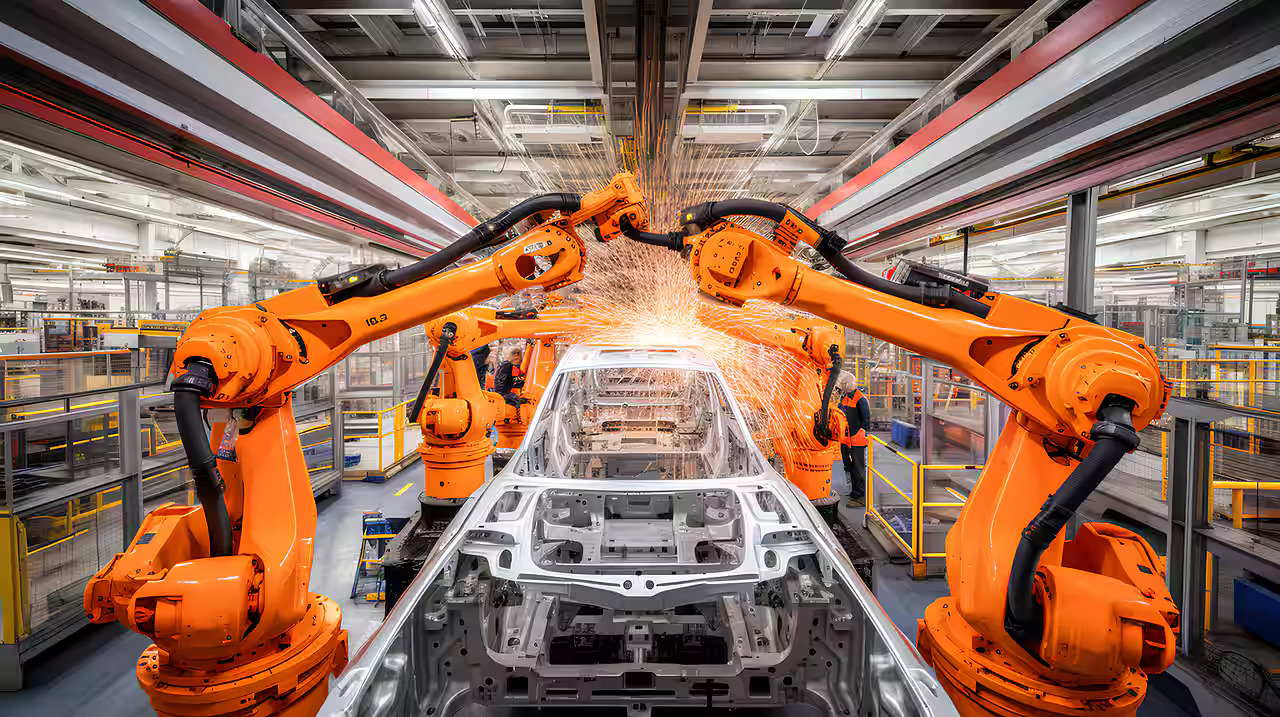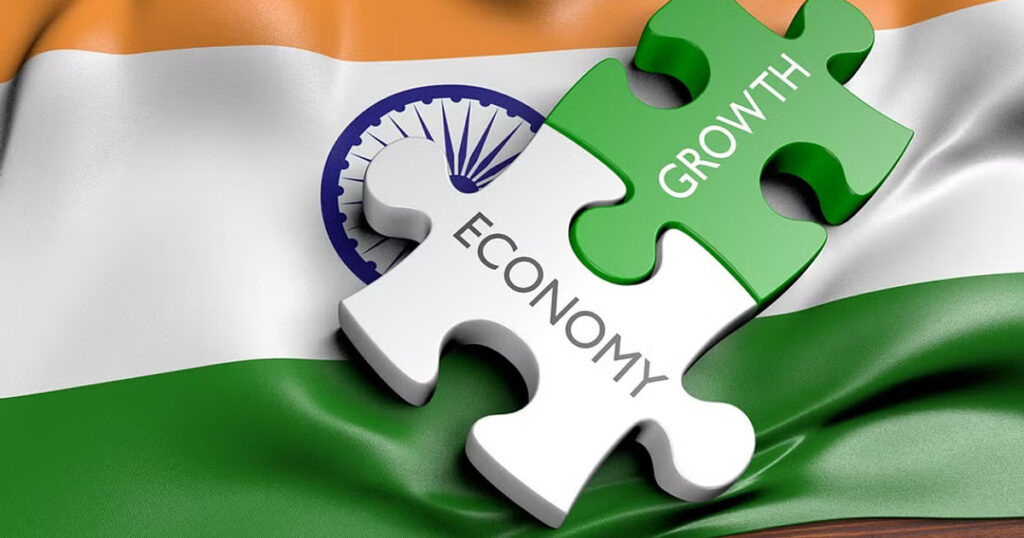This acceleration highlights India’s potential and durability as the world’s fastest-growing major economy. According to PMI data, manufacturing activity has been rapidly expanding, supported by both ongoing government spending on infrastructure and domestic demand.
The PMI for manufacturing increased by roughly five points over its long-term average at the end of the June quarter, led by output and new orders. The future output index dropped slightly to a three-month low, but it is still above historical averages, indicating that the industry is still optimistic.

Source: Zee Business
The record rate of job creation is one of the most notable features of the most recent PMI report. For the fourth month in a row, hiring increased dramatically, hitting a record high since the survey’s inception in 2005. For the BJP, which is currently in power and has experienced electoral setbacks such as losing its parliamentary majority, this is a significant step.
The rise in manufacturing employment may provide respite for the party. The next Budget by Nirmala Sitharaman is expected to highlight the manufacturing sector’s excellent performance and underscore the government’s involvement in advancing this growth trajectory.
Source: StudyIQ IAS
The expansion of the industry is accompanied by ongoing inflationary pressures, nevertheless. June saw a little slowdown in the inflation of input costs, but the rate of increase in customer prices was the highest in the previous two years.
This suggests that by capitalising on the robust demand, producers were able to pass on higher costs to customers while maintaining profit margins. With a two percentage point margin on either side, the Reserve Bank of India’s four percent objective is anticipated to be the average for inflation, offering some stability.
What do you think about this? Comment below.

